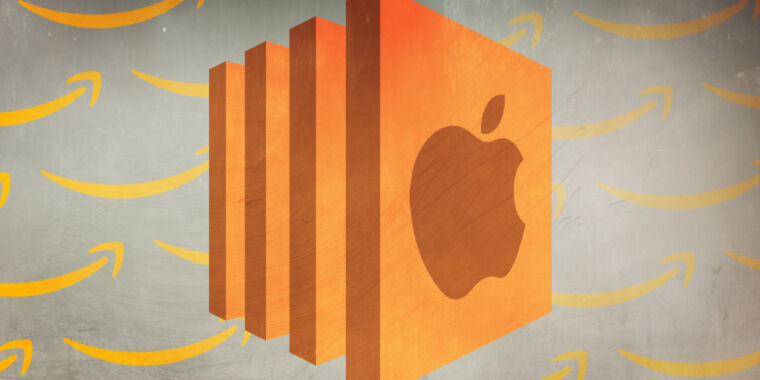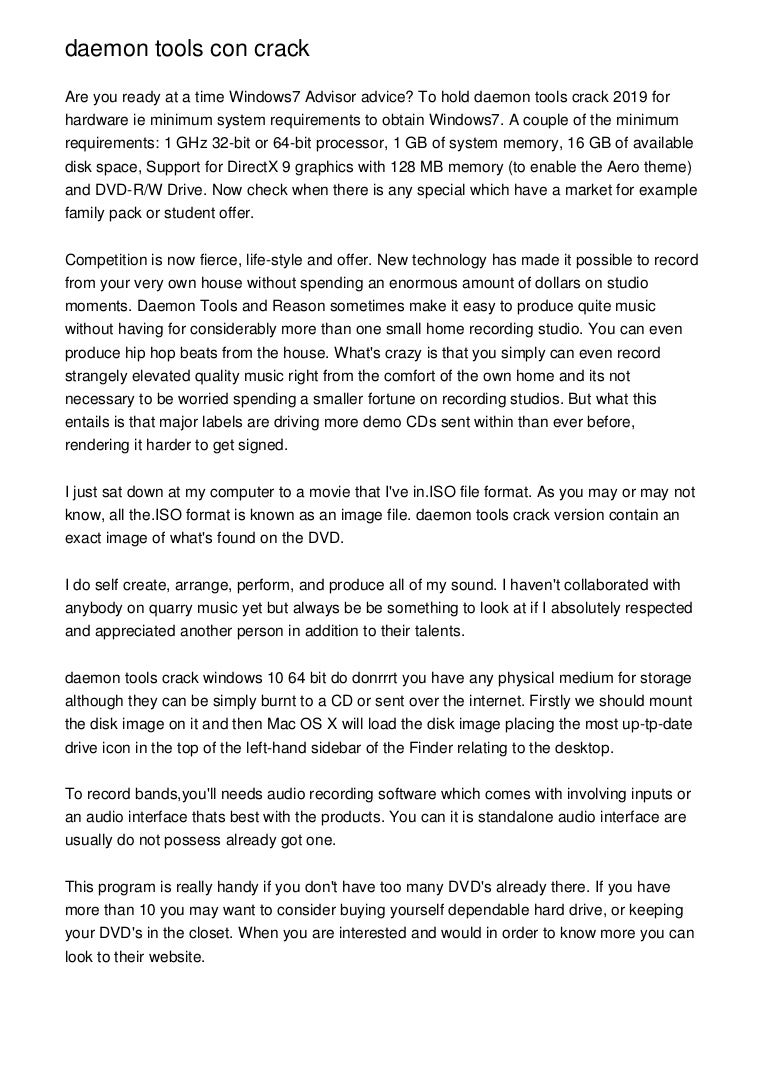The Closet. Mac OS
Start up from macOS Recovery
Determine whether you're using a Mac with Apple silicon, then follow the appropriate steps:
ArcaOS is an operating system based on the last IBM release for OS/2. While OS/2 barely survives as a legacy system, even after being extended for a while as eComStation, ArcaOS is still being. Access your closet on the go! Plan ahead and create outfits for events and day to day life. Use the calendar to keep track of WHAT you wore WHEN and WHERE. Prepare a packing list for your next trip from anywhere! Share your outfit with friends before heading out to prevent 'double vision';) Cl. If your Mac previously had the macOS Sierra 10.12.4 version of the OS or a later version, you can also use the Shift + Option + Command + R combination once you start the computer (press and hold the mentioned buttons) instead of the two previous combinations to make macOS Recovery install the OS version that was originally on your Mac when you.
Apple silicon
Turn on your Mac and continue to press and hold the power button until you see the startup options window. Click the gear icon labeled Options, then click Continue.
Intel processor
Make sure that your Mac has a connection to the internet. Then turn on your Mac and immediately press and hold Command (⌘)-R until you see an Apple logo or other image.
If you're asked to select a user you know the password for, select the user, click Next, then enter their administrator password.
Reinstall macOS
Select Reinstall macOS from the utilities window in macOS Recovery, then click Continue and follow the onscreen instructions.
Follow these guidelines during installation:
- If the installer asks to unlock your disk, enter the password you use to log in to your Mac.
- If the installer doesn't see your disk, or it says that it can't install on your computer or volume, you might need to erase your disk first.
- If the installer offers you the choice between installing on Macintosh HD or Macintosh HD - Data, choose Macintosh HD.
- Allow installation to complete without putting your Mac to sleep or closing its lid. Your Mac might restart and show a progress bar several times, and the screen might be empty for minutes at a time.
After installation is complete, your Mac might restart to a setup assistant. If you're selling, trading in, or giving away your Mac, press Command-Q to quit the assistant without completing setup. Then click Shut Down. When the new owner starts up the Mac, they can use their own information to complete setup.
Other macOS installation options
When you install macOS from Recovery, you get the current version of the most recently installed macOS, with some exceptions:
- On an Intel-based Mac: If you use Shift-Option-Command-R during startup, you're offered the macOS that came with your Mac, or the closest version still available. If you use Option-Command-R during startup, in most cases you're offered the latest macOS that is compatible with your Mac. Otherwise you're offered the macOS that came with your Mac, or the closest version still available.
- If the Mac logic board was just replaced, you may be offered only the latest macOS that is compatible with your Mac. If you just erased your entire startup disk, you may be offered only the macOS that came with your Mac, or the closest version still available.
You can also use these methods to install macOS, if the macOS is compatible with your Mac:
- Use the App Store to download and install the latest macOS.
- Use the App Store or a web browser to download and install an earlier macOS.
- Use a USB flash drive or other secondary volume to create a bootable installer.
The Control Strip is a user interface component introduced in the 'classic' System 7 Macintosh operating system. It currently exists as part of the Touch Bar interface in macOS.
History[edit]
The Control Strip was initially released in 1994 with the PowerBook 500 series of notebook computers and the PowerBook Duo 280subnotebook computers, at that point shipping with System 7.1. Later on it was made available to desktop and portable Macintosh computers, beginning with System 7.5.3.

Apple removed Control Strip in 2001 as a consequence of its move to Mac OS X. Apple initially attempted to integrate the Control Strip’s features into the Dock. After this was found to be too clumsy, most of its features were again duplicated in the menu extras of 10.1.
The Closet. Mac Os Download

An attempt was made at an open source reimplementation of the Control Strip for OS X, but it never received much developer traction and the last release is dated 27 October 2000.[1]
Apple revived the Control Strip as a component of its Touch Bar in October 2016. By default, the rightmost portion of the Touch Bar displays a subset of system controls previously available on the keyboard's function keys. When Control Strip is expanded the full set of system controls is displayed.[1]
The Closest Marco's Pizza
Features[edit]
Somewhat like the system trays of other operating systems, the Control Strip allowed easy access to status information about and control of simple tasks such as screen resolution, AppleTalk activity, battery status etc. Each task appears as a button-like popup menu called a module, these modules are managed in the Finder as individual module files, which have their own folder in the System Folder ('Control Strip Modules') and are executed alongside the Control Strip as it starts up or can be dragged directly onto the strip while it is running.
The Control Strip always anchors itself to the closest vertical screen edge (left or right,) but can be freely moved up and down both sides of any display by the user. It defaults to the lower left corner of the primary display on fresh systems.
Users can choose whether to turn the Control Strip on and off and even set a hot key to hide and reveal it using its control panel. Two buttons at either end allow the Strip to be collapsed and expanded (with the one opposite the screen edge also allowing the strip to be resized when dragged), while two more buttons just inside those allow one to scroll through a very full Strip. Holding down the option key while clicking turns the cursor into a distinctive hand shape that allows one to drag the Strip around the screen, rearrange modules within the Strip and drag modules out.
Extensibility[edit]
The Closet. Mac Os 11
Control Strip modules were also available from many third parties. For example, Conflict Catcher included a Control Strip module to switch extension sets, while DAVE used one to toggle SMB/NetBIOS networking. Some novelty modules even consisted of calculators, calendars and games. Like the System Trays of other OSs, this was often abused to insert a flotsam module that merely launched and quit a given application.
References[edit]
- ^'macOS Human Interface Guidelines: About the Touch Bar'. developer.apple.com. Retrieved 2016-10-28.
See also[edit]
External links[edit]
- Control Strip Outlet at the Wayback Machine (archive index)
- Final Update at the Wayback Machine (archived September 23, 2001)